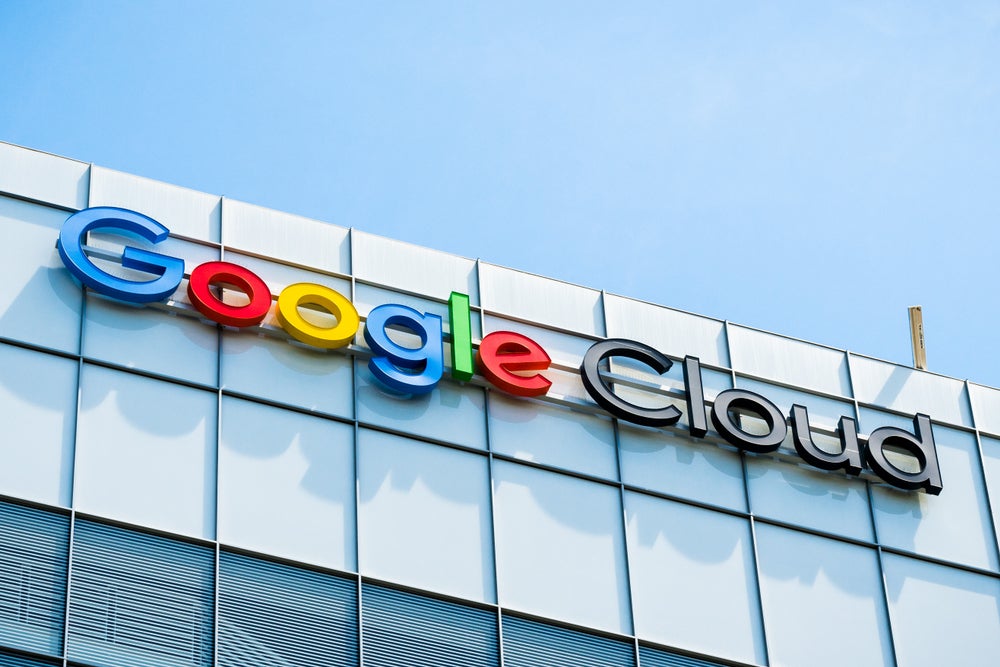Diane Greene led the Google Cloud enterprise charge, helping the provider make up lost ground with an ambitious agenda that included major customer acquisitions, investments in AI, and new strategic partnerships. But for all of Google’s forward momentum, the provider still hasn’t close the gap with IaaS leaders Amazon Web Services (AWS) and Microsoft Azure.
As Google Cloud chief Diane Green gets ready to hand over the reins to her successor, former Oracle execThomas Kurian, the industry is taking a moment to reflect on the progress and conflicts that marked her term. When Greene joined Google in 2015, despite the company’s status as an Internet titan, the organisation was an underwhelming performer in the enterprise cloud.
Google playing catch-up
Google was late to the cloud party, not launching its first cloud service until 2011 – years after the AWS. And while its initial developer-centric IaaS focus was extremely attractive to its largely cloud-native customer base, it had little appeal to the mainstream enterprise clients that top-tier providers Amazon Web Services and Microsoft Azure were winning.
Greene set out to change that with efforts to make Google Cloud more appealing to the enterprise masses. Through efforts to unify formerly separate products under the Google Cloud Platform brand, Greene created a more cohesive portfolio and a more streamlined sales strategy.
Google Cloud expanded alliances with key strategic partners including Rackspace, Cisco, SAP and Deloitte to help clients navigate the challenges of migrating to and managing application workloads in hybrid environments. During Greene’s term, Google Cloud also made a big bet on Artificial Intelligence as a means to distinguish the organisation from some of the more dominant providers.
Mayor client wins for Google Cloud
Google Cloud scored some major wins, including both corporate clients such as HSBC, Target, and 20th Century Fox, and tech-centric businesses like Twitter. And while Google’s parent Alphabet doesn’t break out cloud-specific revenue figures, indicators show strong sales growth for cloud solutions.
How well do you really know your competitors?
Access the most comprehensive Company Profiles on the market, powered by GlobalData. Save hours of research. Gain competitive edge.

Thank you!
Your download email will arrive shortly
Not ready to buy yet? Download a free sample
We are confident about the unique quality of our Company Profiles. However, we want you to make the most beneficial decision for your business, so we offer a free sample that you can download by submitting the below form
By GlobalDataUnder the “Other Revenues” umbrella in the Q3 2018 financials, Google posted $4.64bn in sales, an increase of just under 30% from the same period in 2017. By comparison, in Q4 2015 (the first quarter of Diane Greene’s tenure) Google reported “other revenues” of only $2.1bn.
Big investments
But as impressive as Google’s enterprise cloud gains have been, the provider hasn’t kept pace with the growth top tier IaaS providers have posted.
In Q3 2018, AWS reported revenues of $6.68bn in comparison. And Google’s cloud growth has come at great expense. This year, Google boosted infrastructure spending by $3bn to $12bn.
While Google Cloud made some acquisitions during Greene’s term, most notably the $625m deal to buy API management company Apigee, the provider missed out on a number of other opportunities to expand its capabilities, including the chance to buy Red Hat, which IBM is scooping up for $34bn.
Internal tensions
There have been reports of internal conflicts between Diane Greene, other Google Cloud executives, and employees over the company’s direction and some contracts, including the Defense Department’s Project Maven deal.
When 3,000 employees objected to Google developing AI technology to help DoD employees more quickly scroll through images captured by drones in support of counterinsurgency and counterterrorism operations, Google pulled out of the contract.
According to reports, Greene initially resisted the call to withdraw from the deal, adding to internal tensions.
Now weeks later, she is preparing to leave the organisation, though not its parent company’s Board of Directors. Greene has been very clear that if anything, she stayed at the helm much longer than the two years she had originally planned.
Kurian, Greene’s replacement, has similar enterprise bonafides to his predecessor having spent more than two decades at Oracle, most recently as president of product development.
Google Cloud seems likely to continue to expand its corporate client base.
How successful it is in that pursuit depends on more than just messaging that it is an enterprise-friendly innovator; the organisation will need to expand its portfolio and find ways to capitalise on the gaps of rivals through both more strategic partnerships and further investments in its own internal sales and support staffs. And yes, some of that customer base expansion is likely to come through acquisition.







